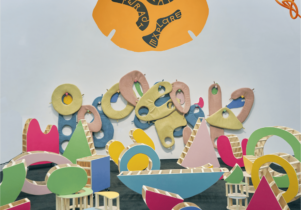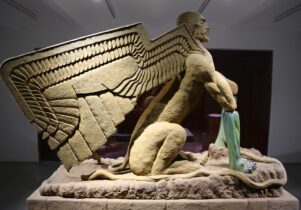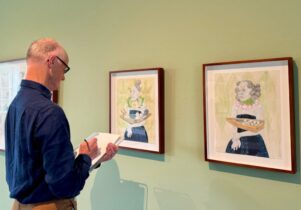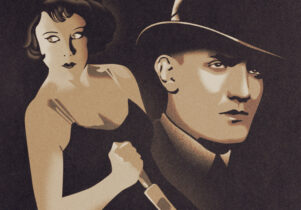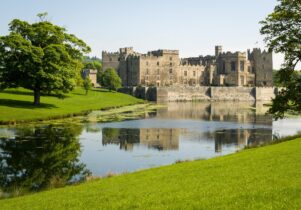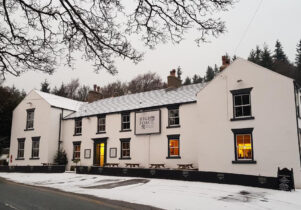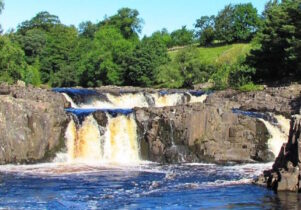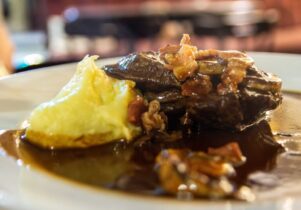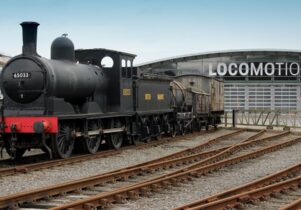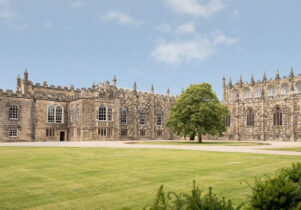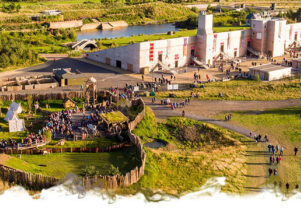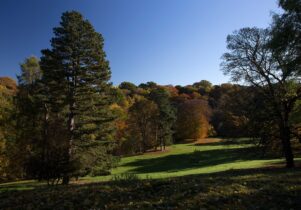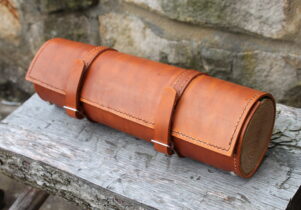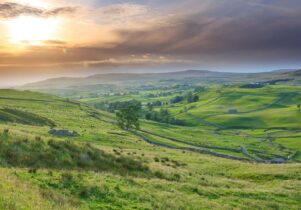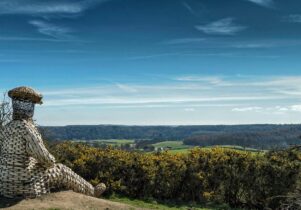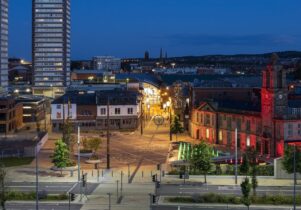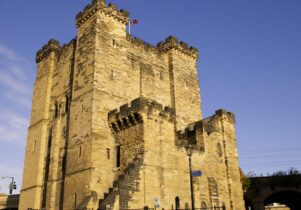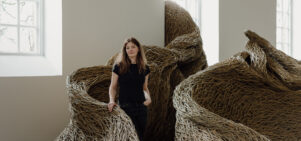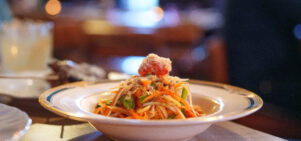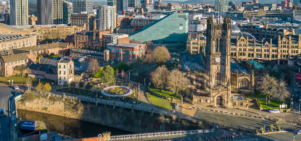Bowes Museum
Alexander Iles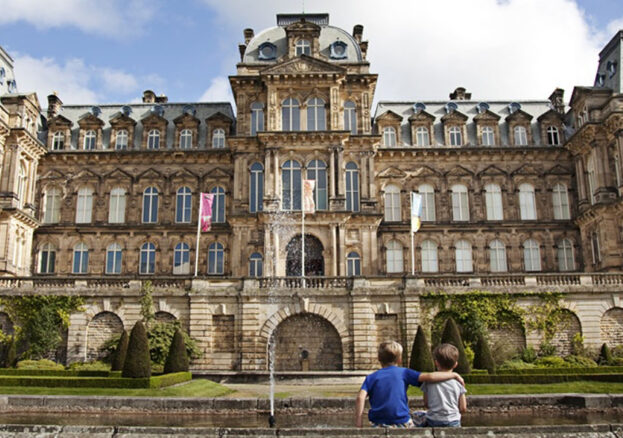
The Bowes Museum is the North of England’s Museum of Art, Fashion and Design. Found in Barnard Castle, the museum has a huge collection of art, ceramics, textiles, costumes, and eccentricities that make any trip to it informative and interesting. The museum itself was built by John Bowes and his wife Joséphine Benoîte Coffin-Chevallier. Joséphine was a French actress in Paris when John Bowes met her, after meeting her, he bought the theatre she performed at – quite the romantic gesture.
John, was the illegitimate son of the 10th Earl of Strathmore, was educated at Eton and became a successful businessman. His land in County Durham provided him with wealth due to the coal reserves within and his business acumen enabled him to expand into shipping. John was politically involved being a member of parliament for 15 years for the Wigs – the 19th century liberal party in Britain. John married Joséphine in 1852 and, as they were both passionate about the arts, their idea was to create a museum that all society would be able to enjoy, rather than a small group of wealthy individuals, which was sadly common during their lifetimes.
They chose land near his family’s ancestral home to build it. The foundation stone was laid in 1869, while between 1862 and 1874 they collected the 15,000 objects which would be housed within the museum. The museum was such a large project that it took 23 years to build and opened in 1892, following the deaths of both John and Joséphine. Sadly, some art architects have been disdainful of it, suggesting it was ‘too grand’ for Barnard Castle. When it opened the museum had over eight hundred paintings and 15,000 pieces of other art from across Europe, as well as a large endowment fund to allow the museum to grow and develop over time.
One of the most famous pieces is the gilded Silver Swan, which was made in 1773 by John Joseph Merlin and it is as magical as the creator’s name suggests. The Swan preens itself and appears to capture and eat a fish – an utterly amazing curiosity to enjoy. It is a clockwork automation and functions through three clockwork mechanisms that provide the lifelike movements. John Bowes bought it for £200 in 1872, equivalent to approximately £11,382.43 today. The swan ‘performs’ daily for visitors and adds to the memorable experience of visiting the Bowes Museum. The museum was refurbished in 2005 and it is still adding to its collections, while also providing teaching and education in art to many people across the North East. A visit to the Bowes Museum will open a whole new world of European art and crafts and provide a lot of entertainment, another must-see for any trip to County Durham.

